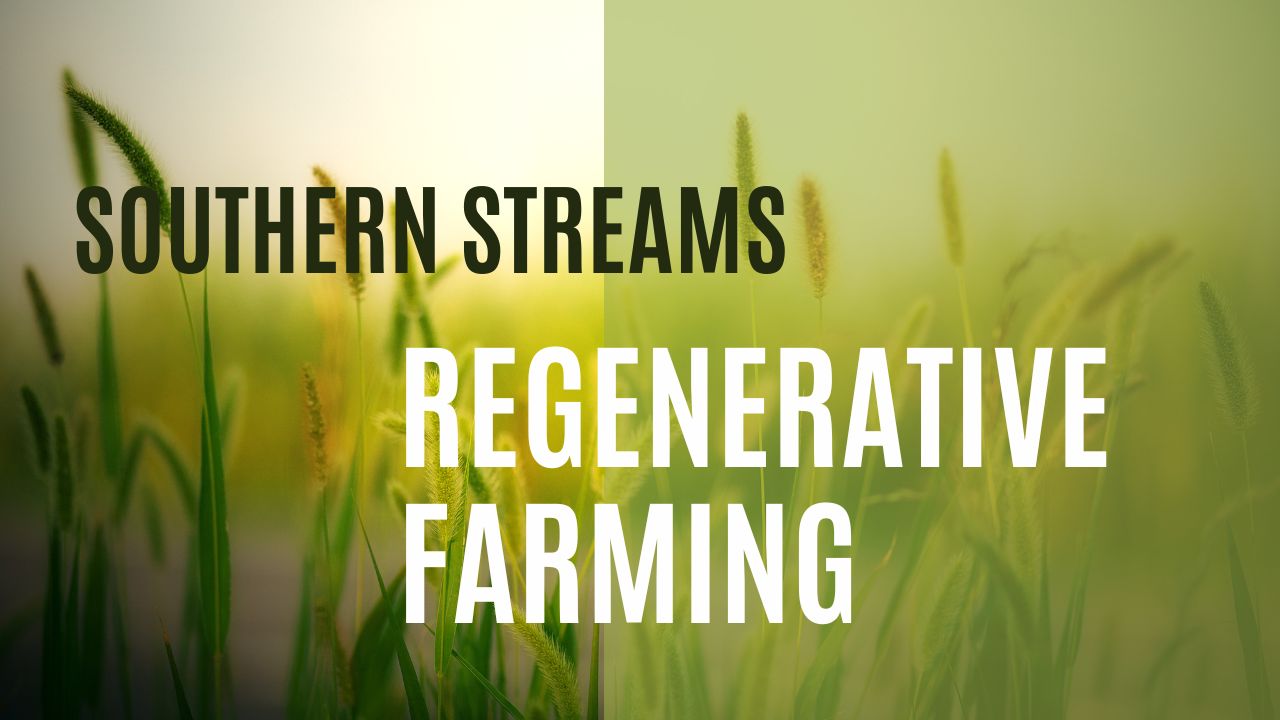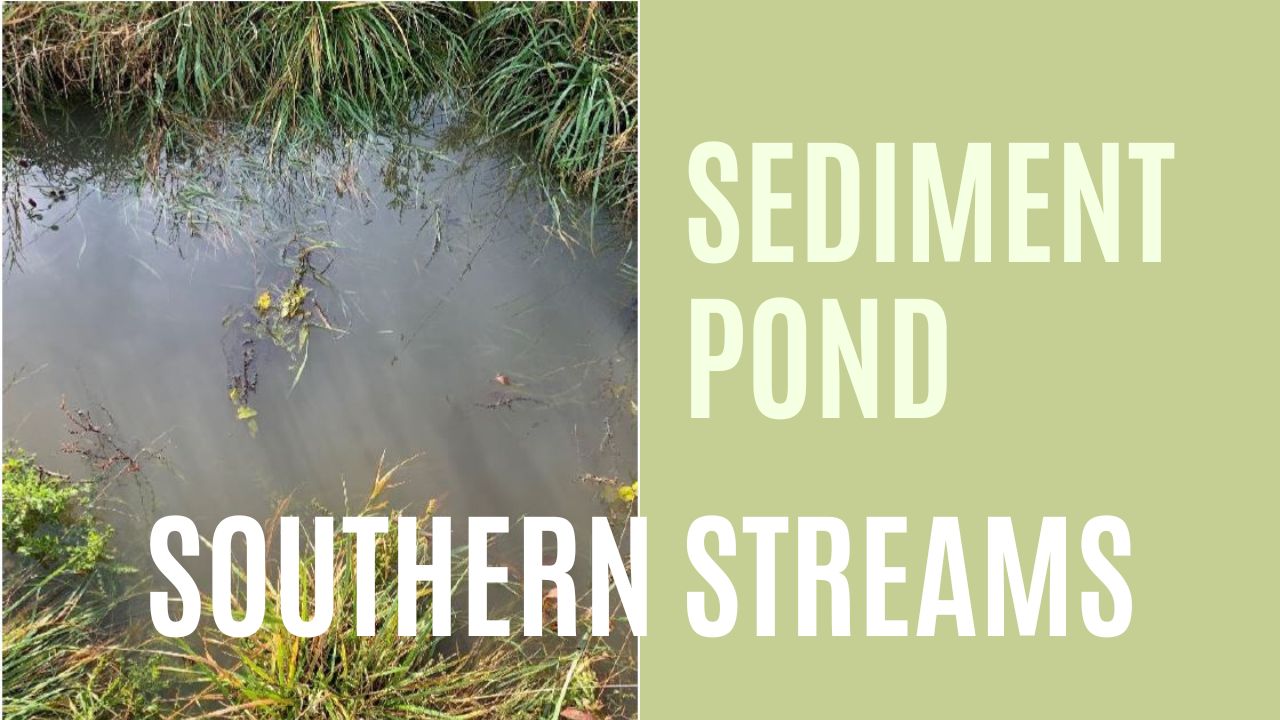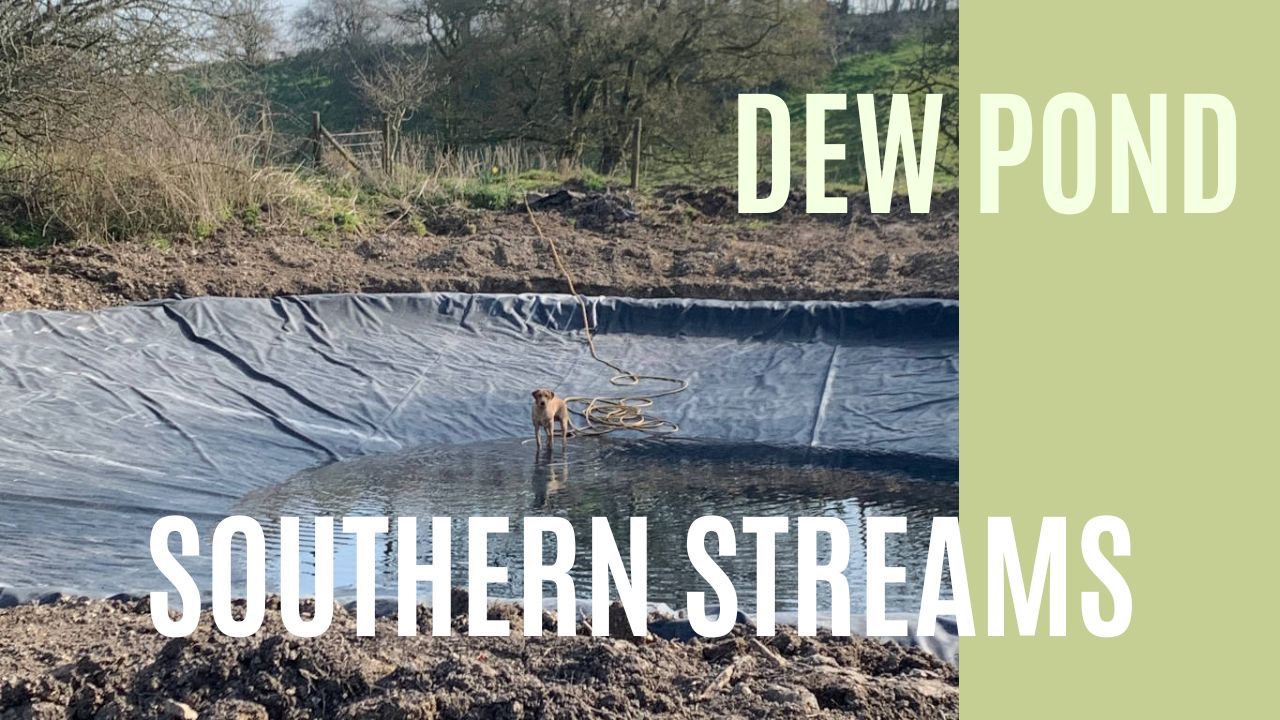Member Article
Wilton Wetland
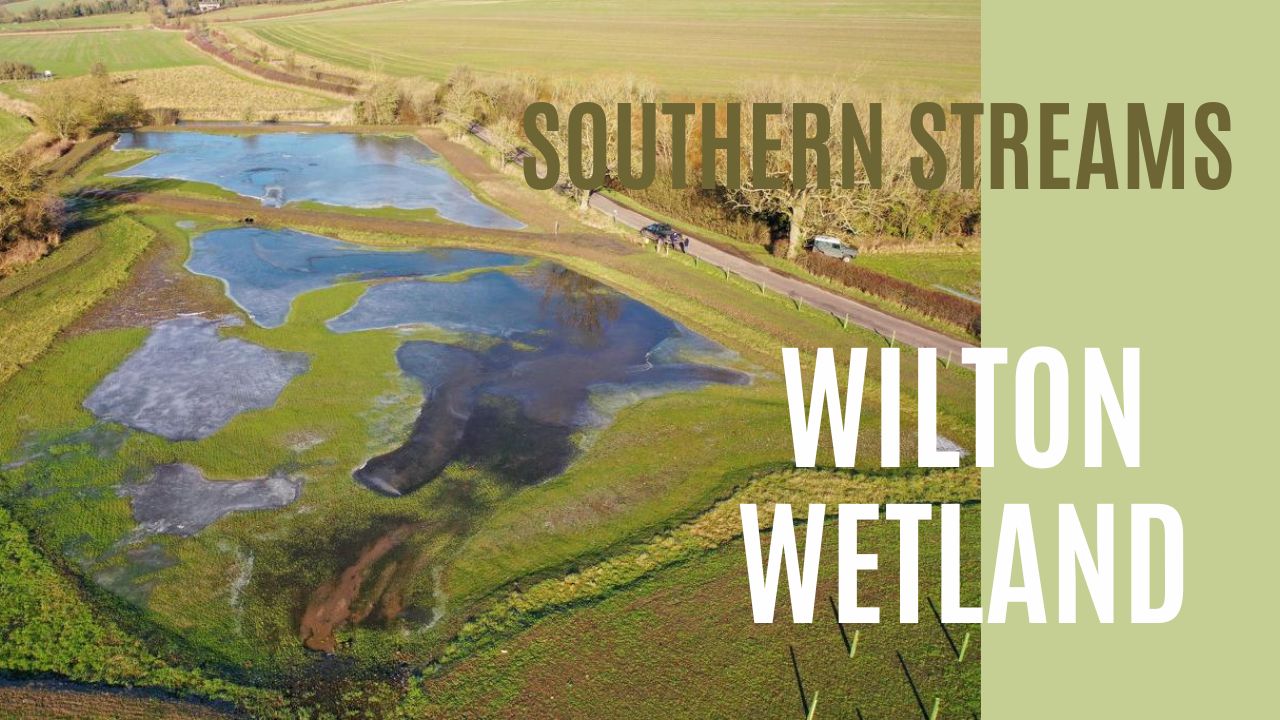
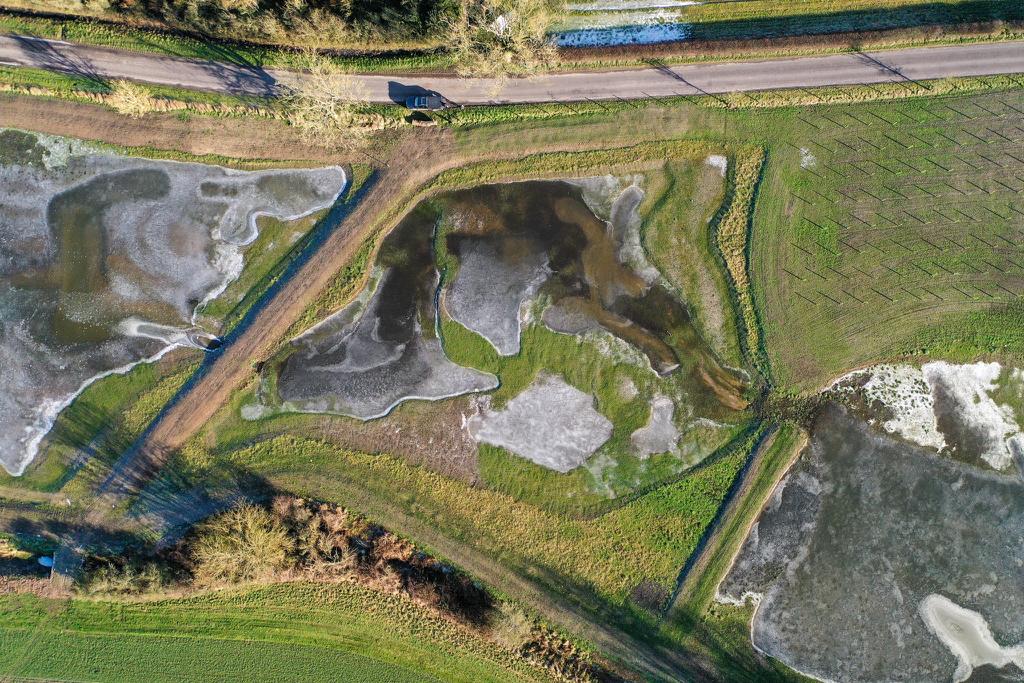
Wilton Wetland was the concept of Charlotte Hitchmough and Rupert Kelton at ARK (Action for the River Kennet) and me, David Lemon the farmer upon who’s land the wetland sits. For years I have been concerned that more than 5000 acres of land’s rain fall runs along a network of narrow ditches into the back of my farm. This flows along one more ditch into the village pond, which in tern flows into Wilton water (7 acre lake) and the source of the river Dunn.
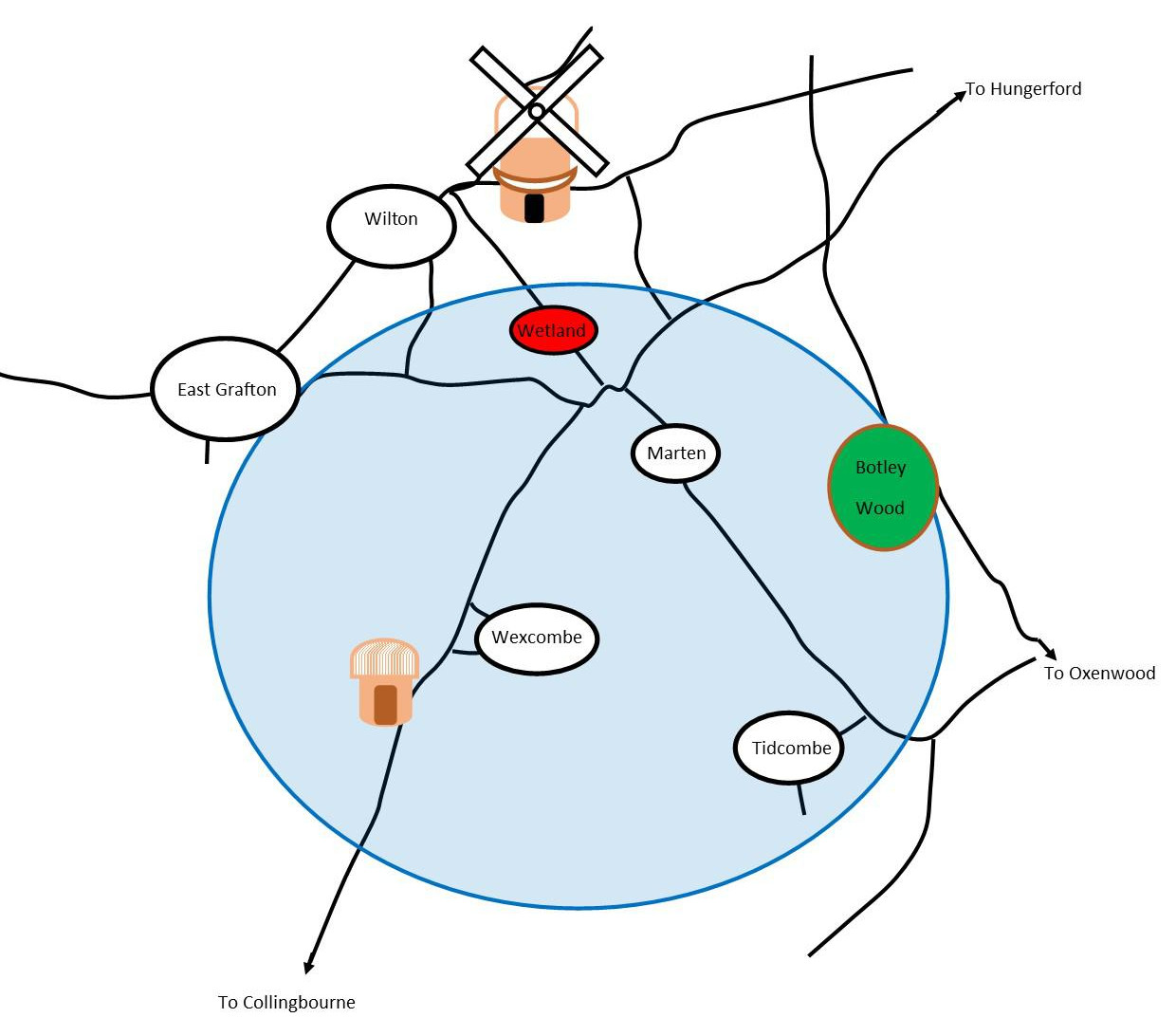
We had previously put three small sediment ponds in the system to slow down water, catch sediment and silt and help prevent flooding. This wetland brings all of those benefits. We hope, it will also support a massive amount of biodiversity and capture a lot of carbon as well.
The site
We chose a small 5 acre field that is on a horrible seam of soil where the greensand meets the chalk and a narrow clay band crosses the farm. The field was of low ecological significance and has not been farmed for years. It was put down to grass, with the very occasional hay crop removed over the years. The field does have a footpath across it, so I was delighted with the suggestion that we raise the footpath and make it a feature of the wetland that people can walk across and enjoy for years to come.
The Project
ARK secured the backing from Amazon to fund the project and had the design created by RM Wetlands & Environment Ltd.
Once ARK secured planning permission from Wiltshire Council for a change of use, we were set to start work. However, there’s always a snag. Because the land lies next to the old Winchester to Cirencester Roman Road, County officers wanted an Archaeologist on site to inspect nearly every scoopful of soil that was pulled up by the diggers. This of course would slow work down and massively increase the cost but the man from Wessex Archaeology came and was as helpful as he could be.
After about 2 weeks they were satisfied that there was nothing of historical interest here and wetland began to take shape. Charley Brench of Countryside Contractors & Garden Ltd and his team with their laser level diggers and technology were brilliant and able to build the design, with all its humps, bumps and hollows in exactly the right places. Because Charlie’s team to notch, they could tell when they were going through a seem of clay back into greensand and in effect puncturing one of the water chambers, and were able to avoid it. Some of the chambers were designed to drain in the greensand but leave pockets of clay to hold onto the water, whilst other chambers were more clay heavy and should hold water for longer.
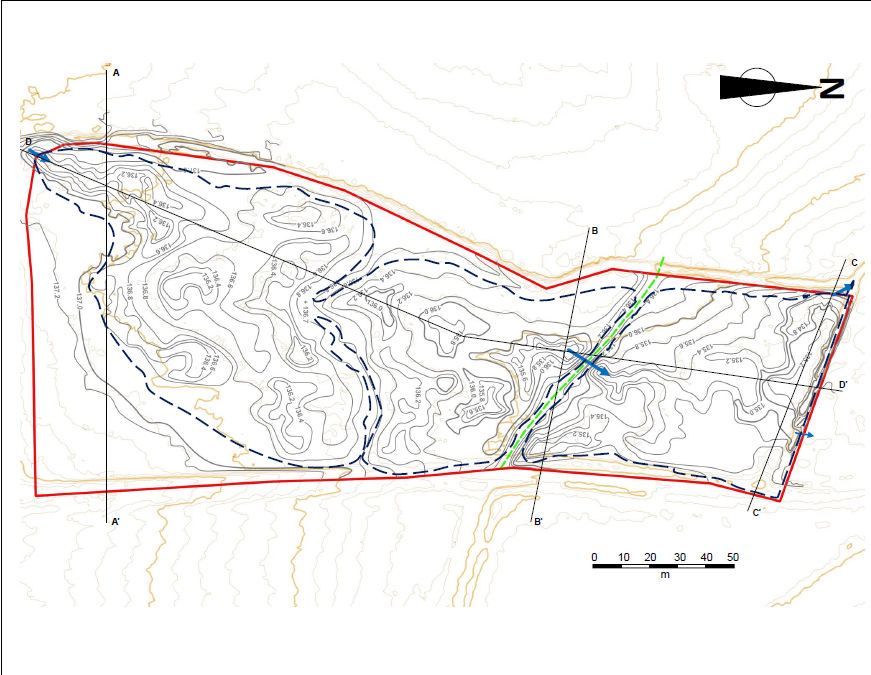
The wetland is not designed to be wet all year round but to have wet patches and areas that dry out so you end up with a mix of vegetation, flora and fauna that will attract all different kinds of birds, mammals, reptiles, and insects to it. The end result looks like this.
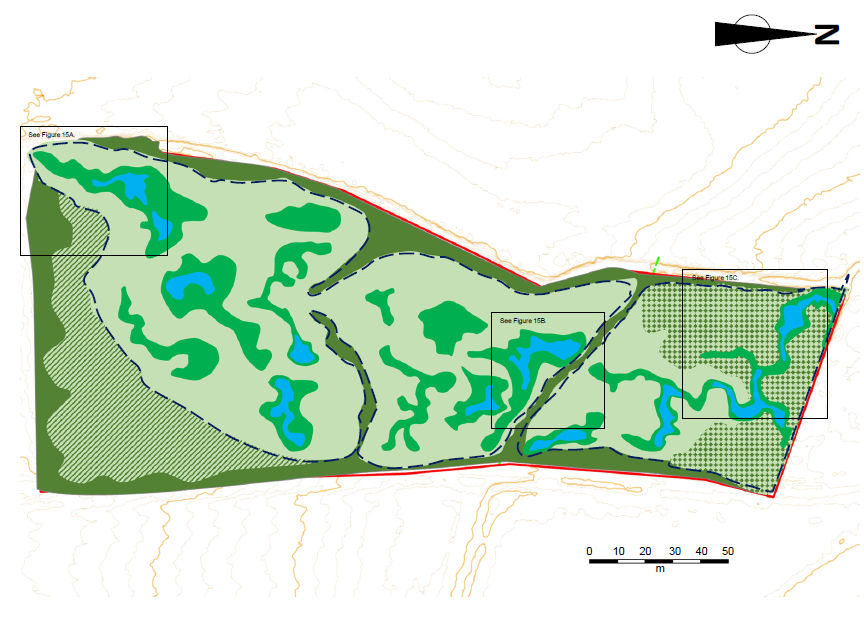
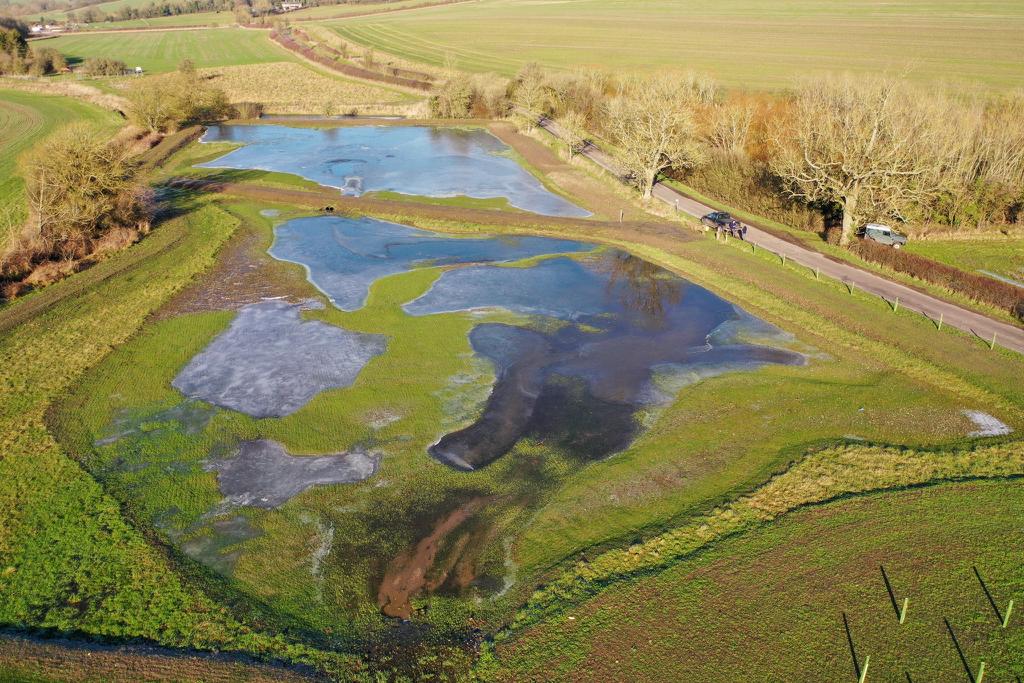
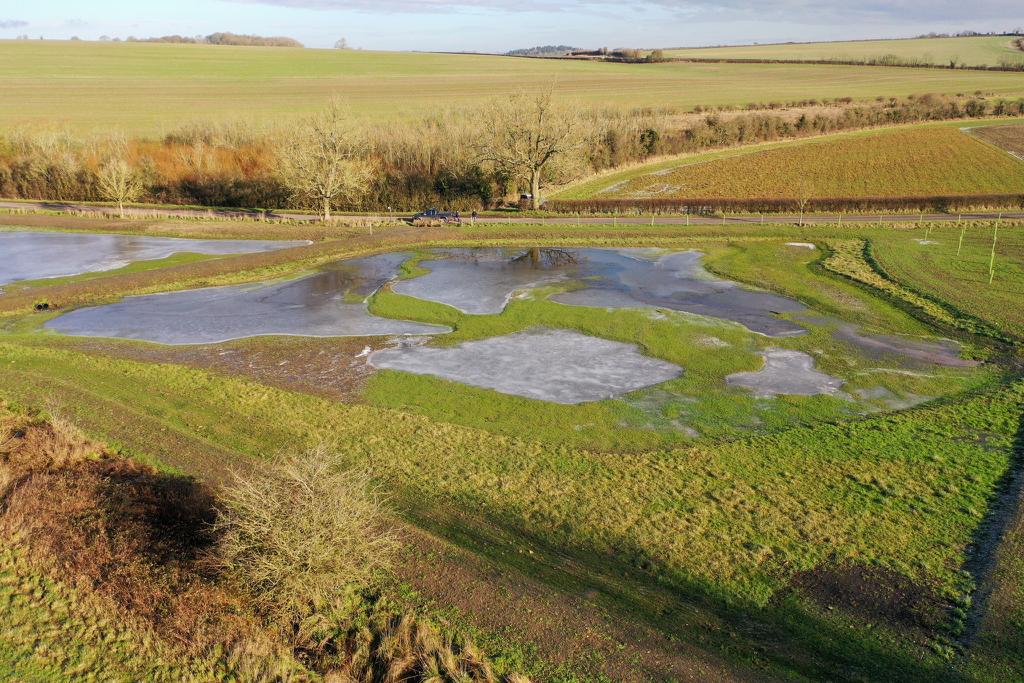
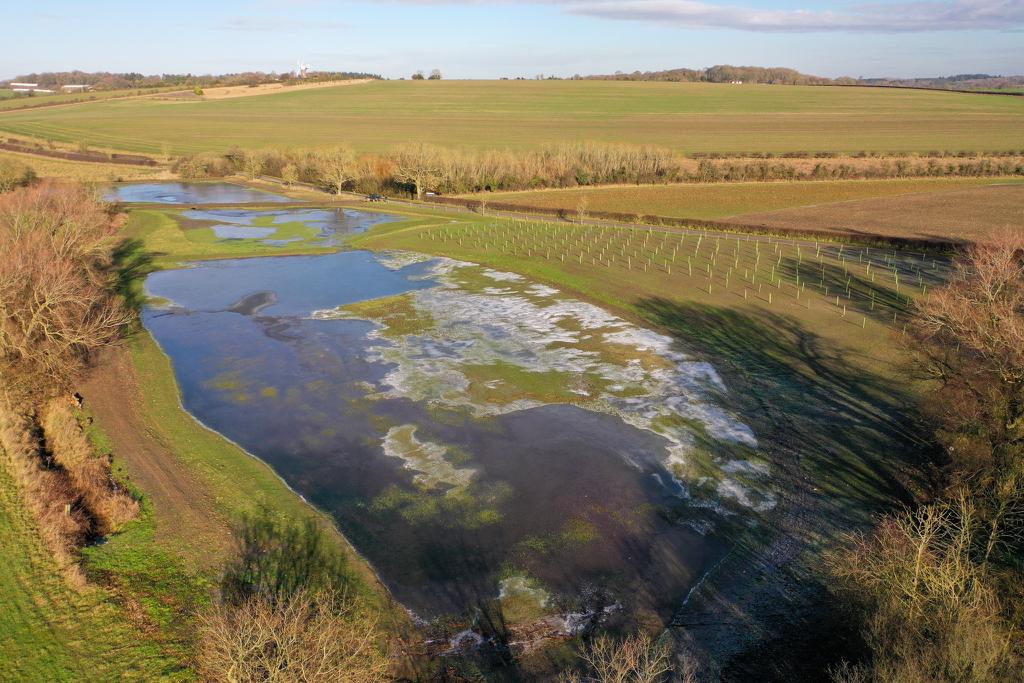
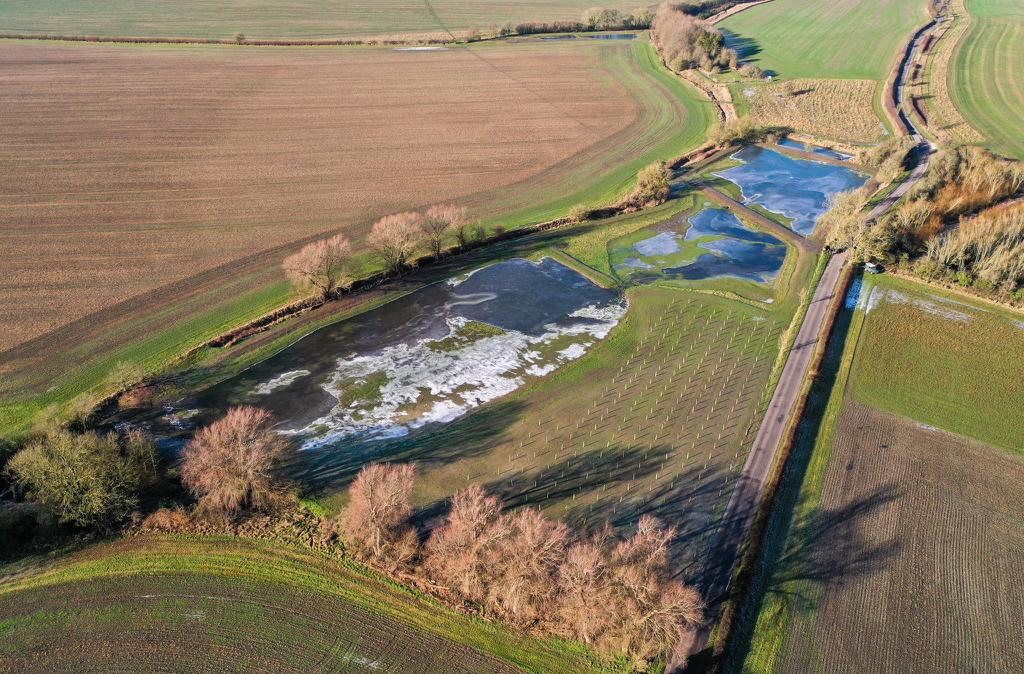
Rupert Kelton and his amazing team of volunteers planted a traditional English mixed woodland of about 350 trees in the bottom left corner and in the spring we aim to plant all the wetland mixed species as the final piece.
